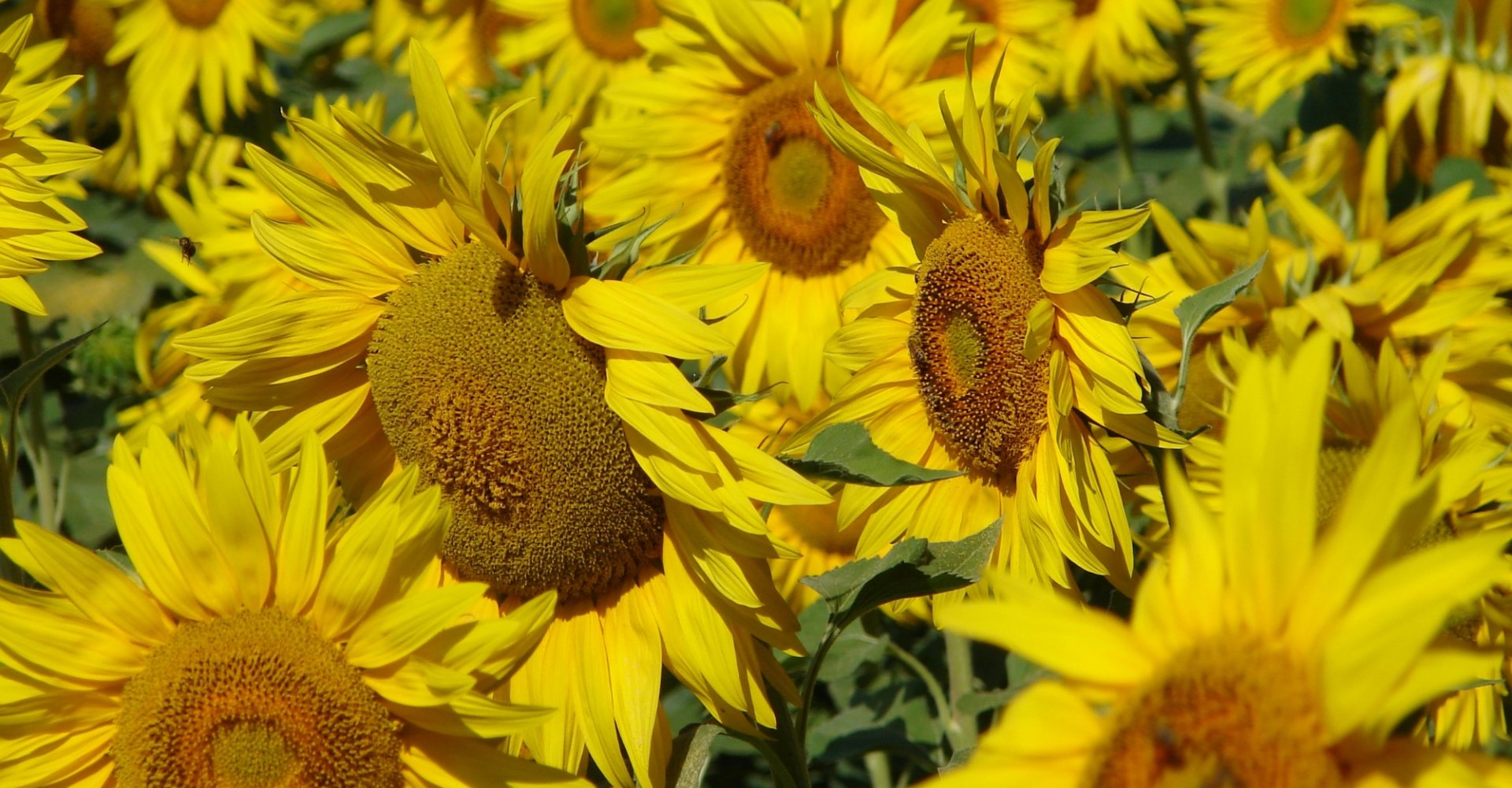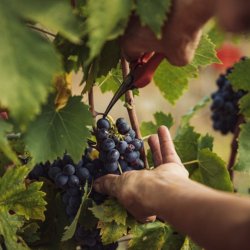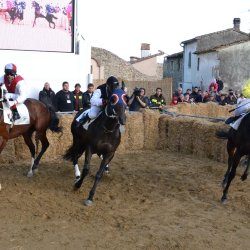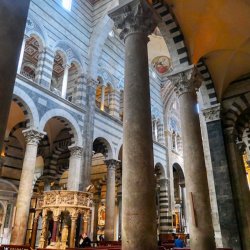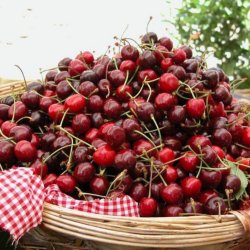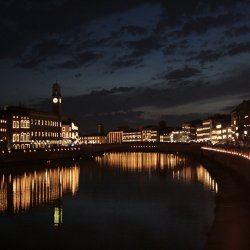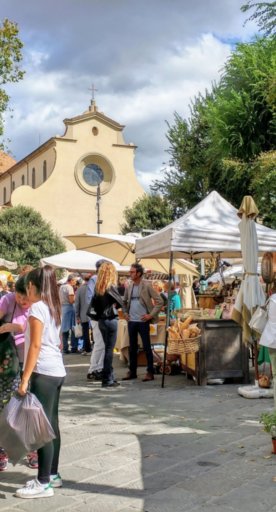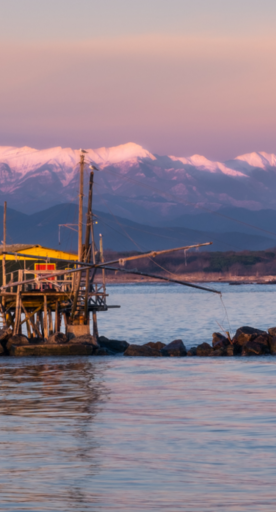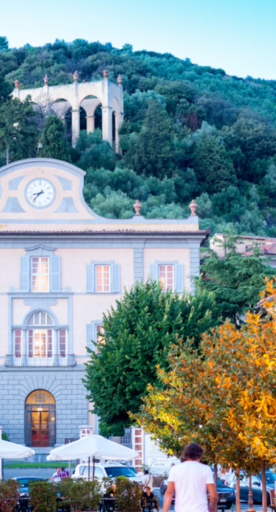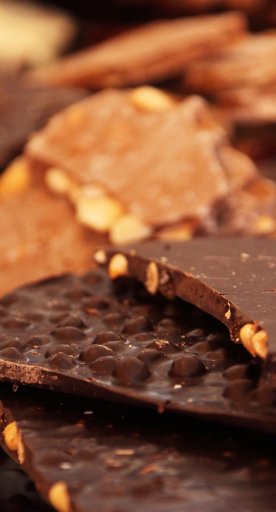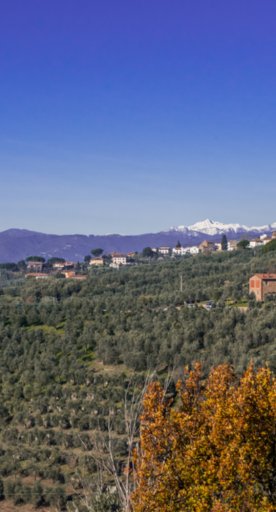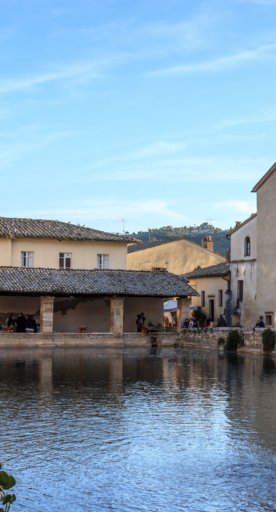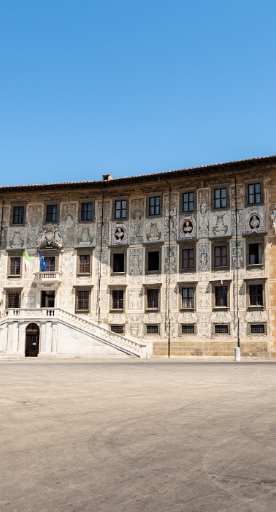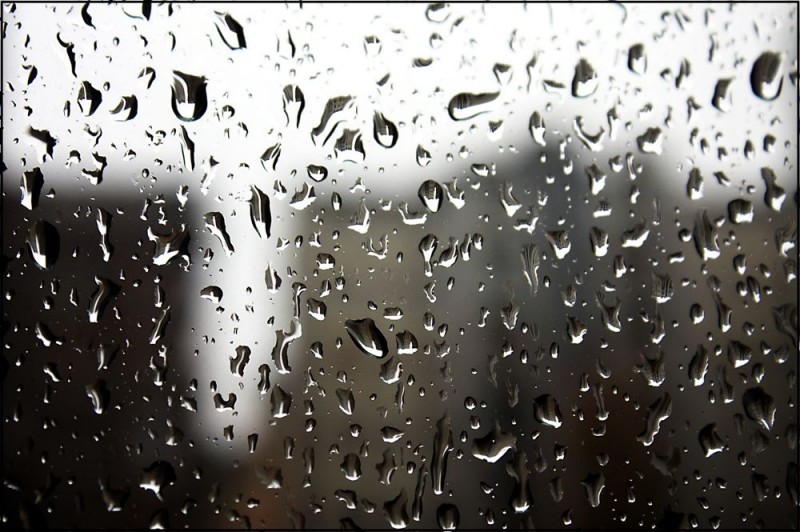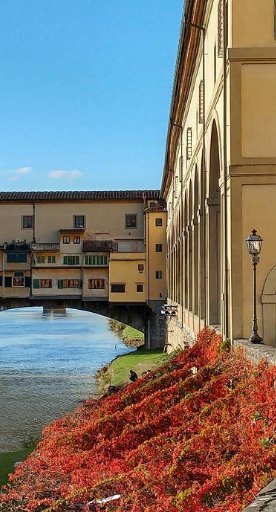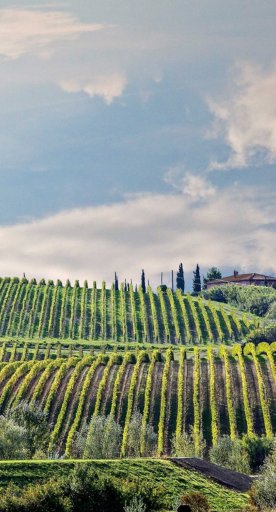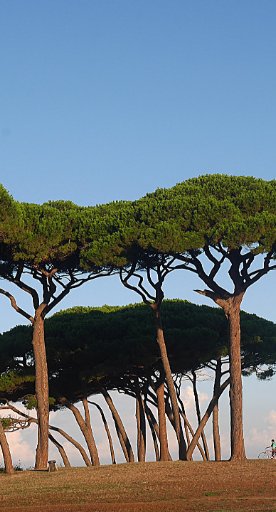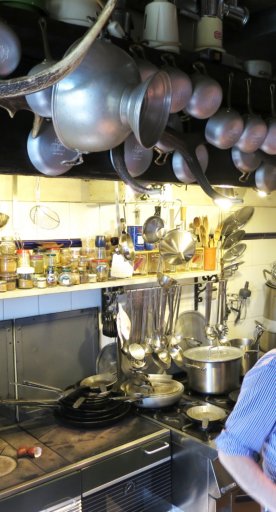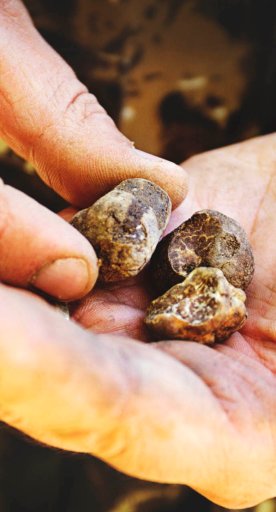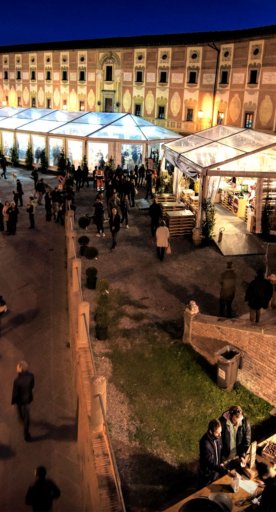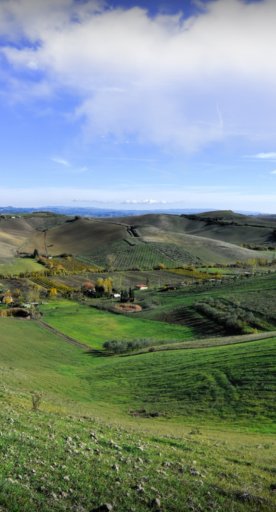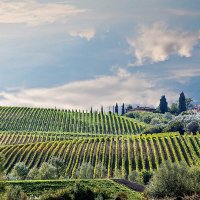Searching for sunflowers in Tuscany
Where to find the golden fields, a joy for the eyes
Often associated with Tuscany, it represents one of the most popular subjects in photographs, a burst of light in the middle of the countryside, a symbol of cheerfulness. We are talking about the sunflower, which fills Tuscan fields with color and can grow up to 3 meters in height. Sunflower season usually begins in June but they are in full bloom, in all their glory, in July, until early August.
Tuscany is one of the few areas in Italy where they are grown and it is well worth the trip to see these beautiful plants.
-
1.Hunting for flowers around Tuscany
-
2.The legend of Clytie
Hunting for flowers around Tuscany
A place in which you will definitely find sunflowers is Mugello, where fields of flowers surround the farmhouses. A short distance away, Lake Bilancino and the Medici Villa of Cafaggiolo are other recommended places for observing fields of flowers along the way.
The Casentino area is better known for tobacco and cereals, but it also has various visible fields of sunflowers, for example, a short distance from Poppi. Then, heading towards the coast, we suggest Vada (Livorno), where you can combine a break surrounded by nature with a dip in the sea.
Near Pisa, you can explore Vettola, Sanpiero a Grado and, along the way, if you take the exit from the FI-PI-LI road to Lavoria and Vicarello, you can enjoy these colors to the full: the yellow of the flowers against the blue sky.
Siena is one of the areas most visited by those in search of medieval cities. What you might not expect is to be greeted by a sea of sunflowers. Being a rotational crop, the location of these fields varies from year to year, but as you travel along the little roads in Val d'Orcia you will come across an incredible sight.
You can also head to San Gimignano, a medieval town famous for its towers, and be amazed by the carpet of gold that greets you near Bibbiano, along with the fragrant lavender fields. Pienza and Montepulciano are as rich in sunflowers as they are in art and beauty.
Travel along the Via Cassia between Siena and Montalcino for more golden fields. The impressive villas dotted across the area offer a variety of options for a photo shoot. One not to be missed is just after the Monteroni d'Arbia traffic circle, where a castle, surrounded by vineyards and sunflowers, creates a spectacular image.
Cortona, in the Arezzo area, is worth a stop, as is the Abbey of San Galgano with its typically Tuscan cypress trees, old ruins and a vast yellow carpet. These are must-see places for unique photographs.
Be sure to pass through Massa Marittima in Maremma, an area where sunflowers have been growing for years.
Set off from Colle Val D'Elsa until you reach the coast and be enchanted by the roads lined with Mediterranean pines and flowers in full bloom. The Via Suveretana, which leads to Suvereto, on the Etruscan Coast, has an expanse of sunflowers between lush vineyards on the way to the beautiful little town.
Further south, the Uccellina Park in Alberese (Grosseto) is another place in which you can lose yourself in a sea of yellow.
The legend of Clytie
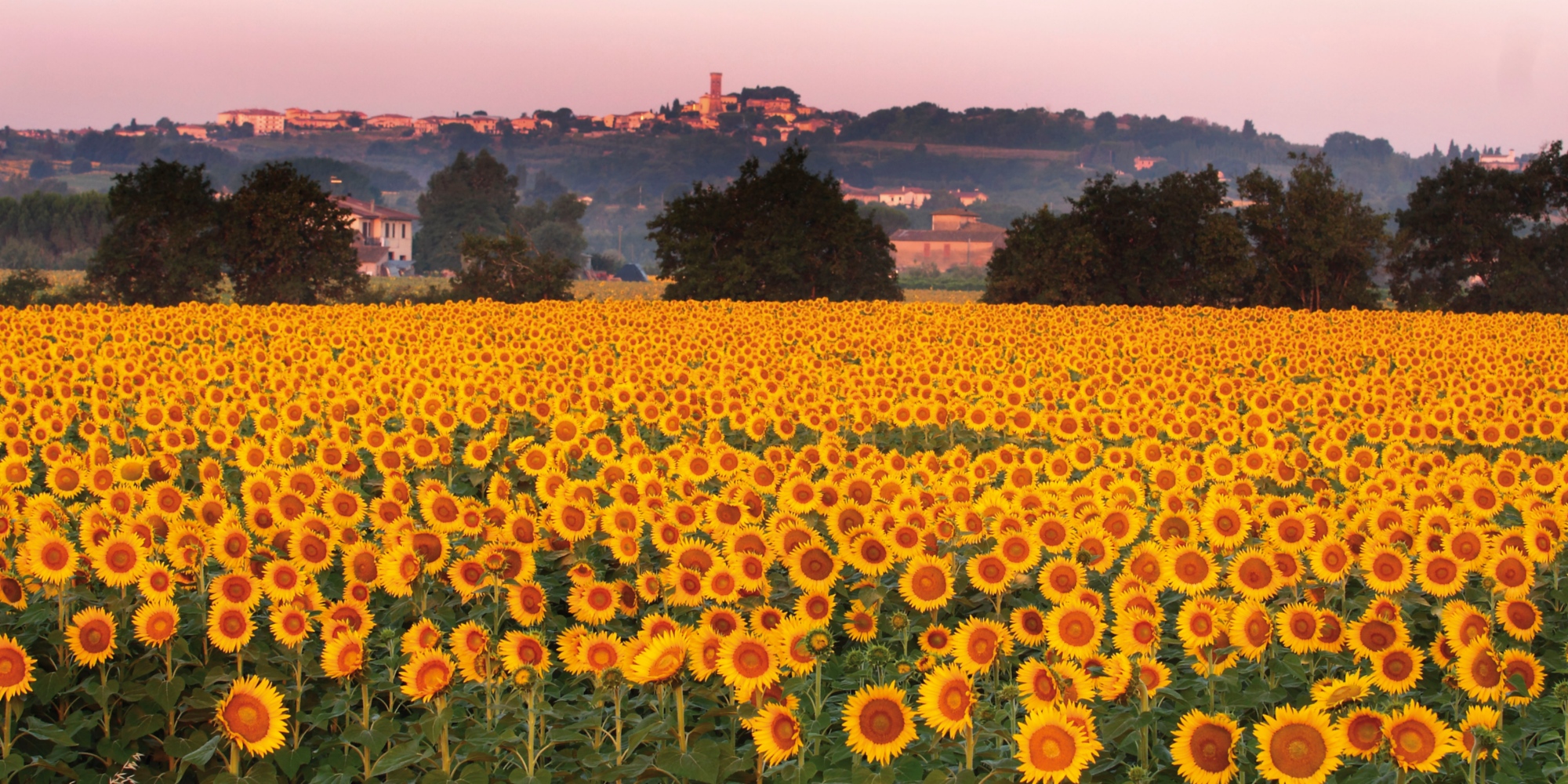
As you set off in pursuit of these beautiful flowers, you may want to keep in mind the legend of Clytie and the fascinating legend of the sunflower. The young nymph was in love with Apollo, the Greek god of the sun, and watched him all day driving his chariot across the sky. He rejected her and Clytie decided to remain still, in her place, feeding only on dew and tears. Apollo decided to turn her into a golden flower, the sunflower, which changes its inclination during the day just like the sun as it moves across the sky.
